While millions of people would love to experience space, less than 600 have had the opportunity. Moreover, in spite of the general agreement about the benefits of space-based research, only a handful of scientists have the chance to benefit from that research.
This is what inspired British entrepreneur and investor Sir Richard Branson, to create Virgin Galactic and be the first to fly ordinary people into space. The billionaire has also been trying for years to enter the Guinness Book of World Records.
What’s Virgin Galactic?
Branson, who founded Virgin Atlantic airline and Virgin Group, launched the daughter spaceflight company in 2014. The vision of the philanthropist and staunch environmentalist is to open space to everybody by offering tourists and researchers suborbital spaceflights into space aboard the world’s first passenger-carrying spaceship, SpaceShipTwo.
Commercial space travel doesn’t come cheap — tourist will pay nearly US$250,000 a ticket for a 90-minute flight. The price hasn’t fazed the 600 people who have already reserved their seats!
What to Wear? How to Prepare?
In a new deal signed this month (January 2019) with Under Armour, an athletic gear firm based in Baltimore, Virgin Galactic’s employees and astronauts (passengers) will be wearing custom designed spacesuits and footwear. Under Armour will also design uniforms for engineers, astronaut trainers, and mission control operators at VG’s new purpose-built spaceport in New Mexico.
The gear will be created for safety, expediency, and style, incorporating temperature-regulated materials as well as innovative technology that escalates the blood flow. As for the physical factor, Under Armour will create a fitness program aimed at nutrition, strength, mobility, and sleep.
However, prospective astronauts won’t just be able to jump on board. Although the spaceship is designed to fly nearly anyone into space without them needing to undergo long-term training, passengers will need to undergo around three days of intensive astronaut training to get prepared for the flight.
Training includes a fitness program designed by Under Armour’s athletic performance team aimed at strength, mobility, sleep, and nutrition. The will also get flight simulation (centrifuge training) to prepare them for the g-forces. Departure will be from a new purpose-built spaceport in New Mexico. SpaceShipTwo will convey six passengers and two pilots.
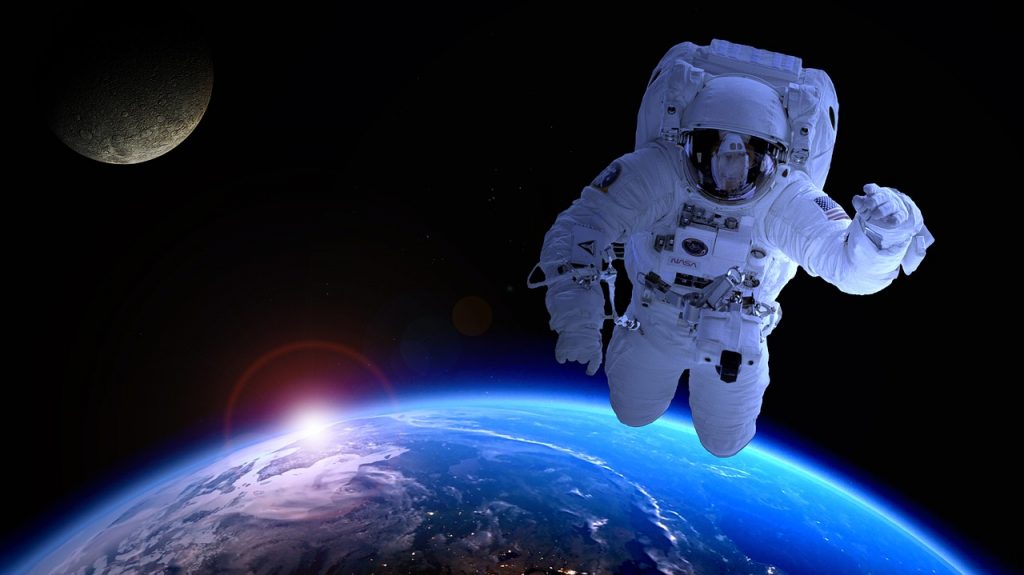
When’s the Big Day?
Branson is hoping that once test flights are completed over the next weeks, the first commercial flight into space will be by mid-2019 with him on board. Why the rush? Virgin is currently racing against other private space firms, such as Blue Origin LLC and SpaceX, to be the first to convey tourists into space.
SpaceX, which was founded in 2002, designs, manufactures and launches spacecraft and rockets. Its ultimate goal is to enable people to live on other planets. Blue Origin was launched in 2000 as an aerospace manufacturer and spaceflight services company. The aims to facilitate private human access to space at radically lower costs yet with increased reliability.
The maiden flight of Virgin Galactic’s VSS Enterprise, a SpaceShipTwo experimental spaceflight test vehicle, was planned for the end of 2009, but the date was delayed several times. The most recent delay was due to the catastrophic in-flight breakup of the VSS Enterprise on October 31, 2014. The VSS Enterprise crashed in the Mojave Desert near California, killing co-pilot Michael Alsbury and leaving pilot Peter Siebold seriously injured.
Nevertheless, on December 13, 2018, the second SpaceShipTwo, VSS Unity, officially entered outer space according to US standards reaching an altitude of 82.7 km above the Earth’s surface. The flight took off into the upper boundaries of Earth’s atmosphere from Mojave Air & Space Port in California, manned by two astronauts. The plane spent a few minutes at its projected altitude before safely returning to Earth.
According to NASA, an altitude of 82.7 km is just the boundary between space and Earth’s atmosphere. The most generally accepted classification of space is the Kármán line, which is 100km from the surface of the Earth. Hence critics say that Virgin Galactic isn’t entering space. Either way, during the approximately two-hour trip passengers will get a fantastic view being able to see as far as 1600 km in all directions.
What’s the Behind the Mission?
On Virgin Galactic’s website, it seems apparent that sending people into space isn’t just about giving them a great view. The company states that the answer to sustaining life and to the many trials and tribulations facing on our planet lies in making better use of space.
In Branson’s words, “we are at the vanguard of a new industry determined to pioneer twenty-first-century spacecraft, which will open space to everybody — and change the world for good.”

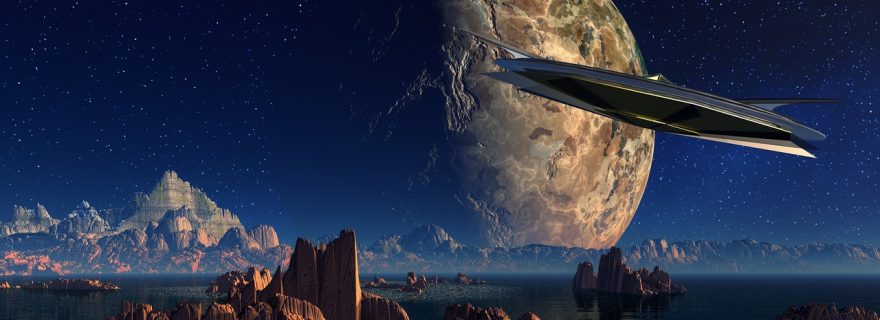

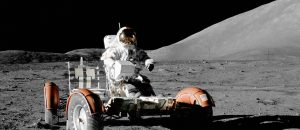
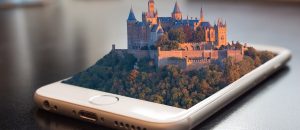
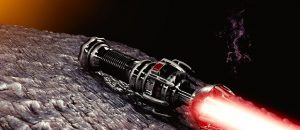
One Comment